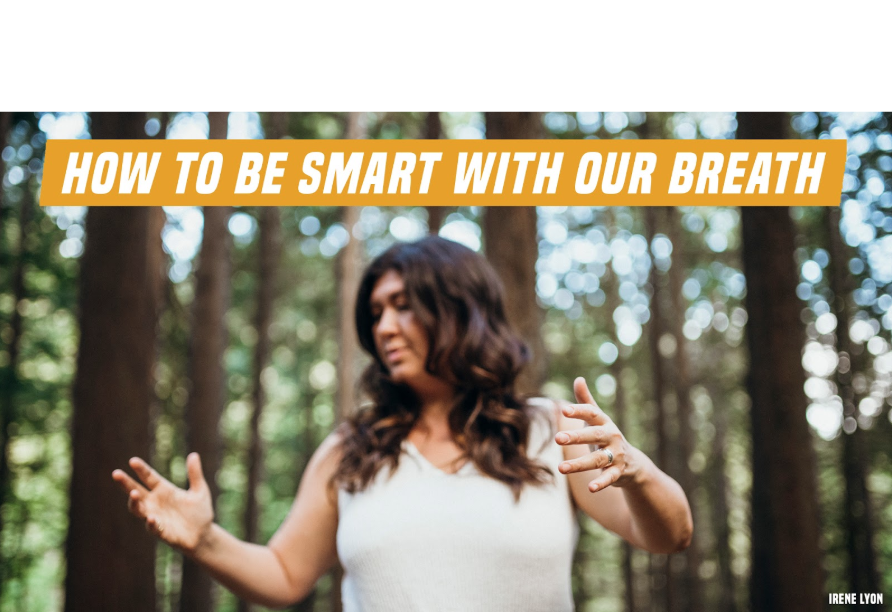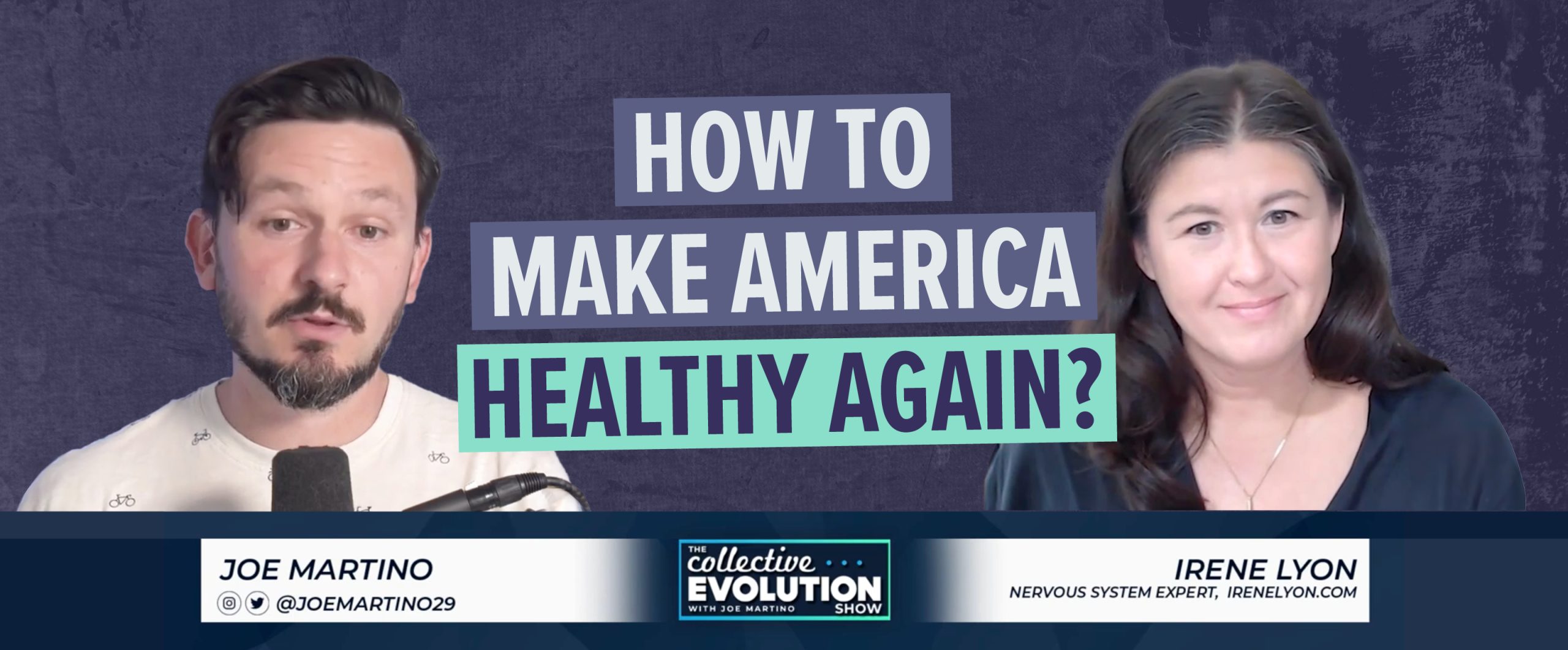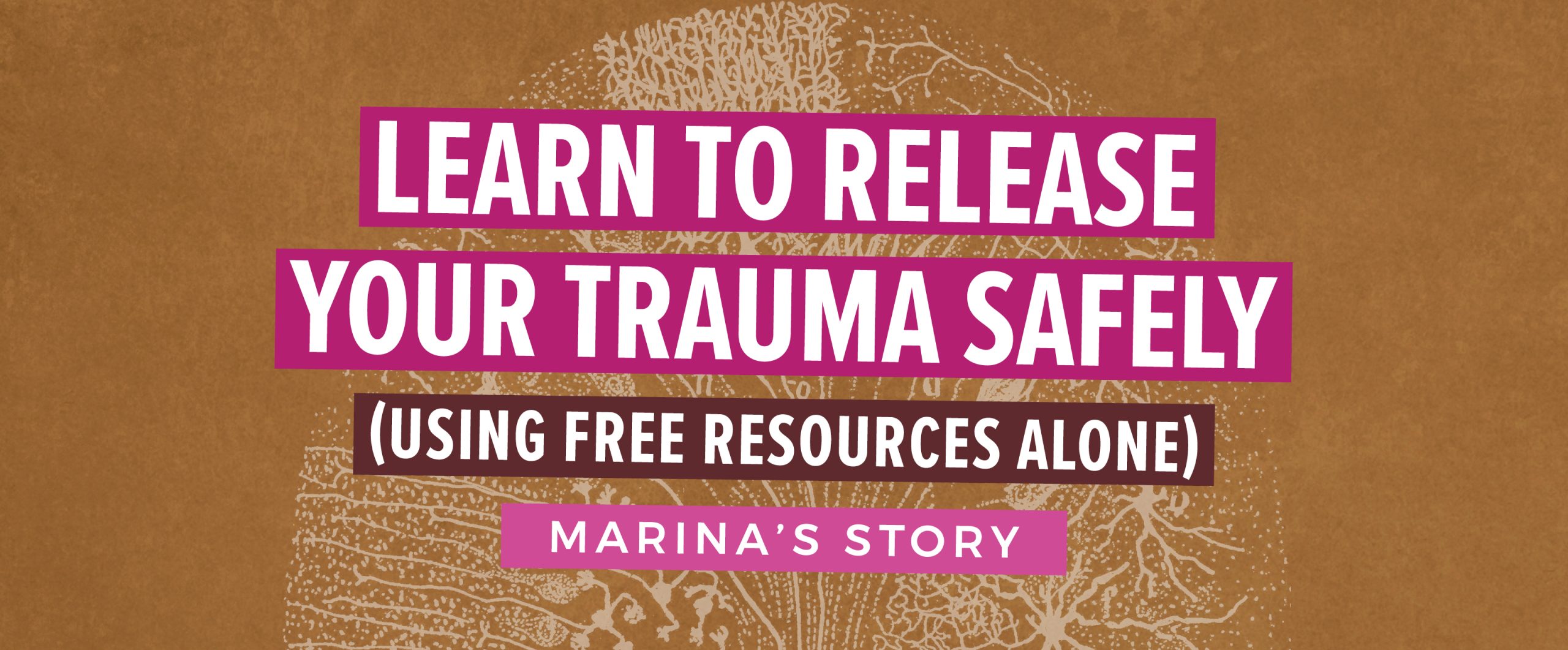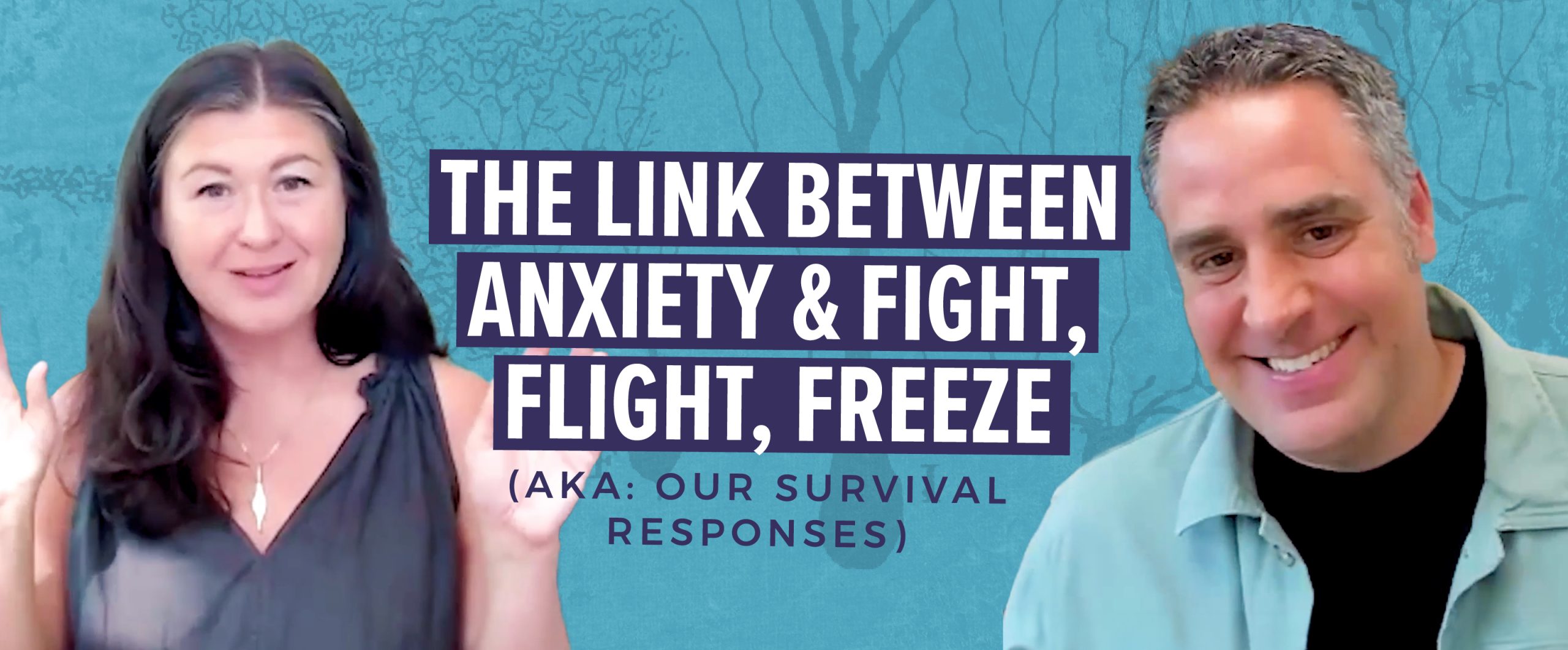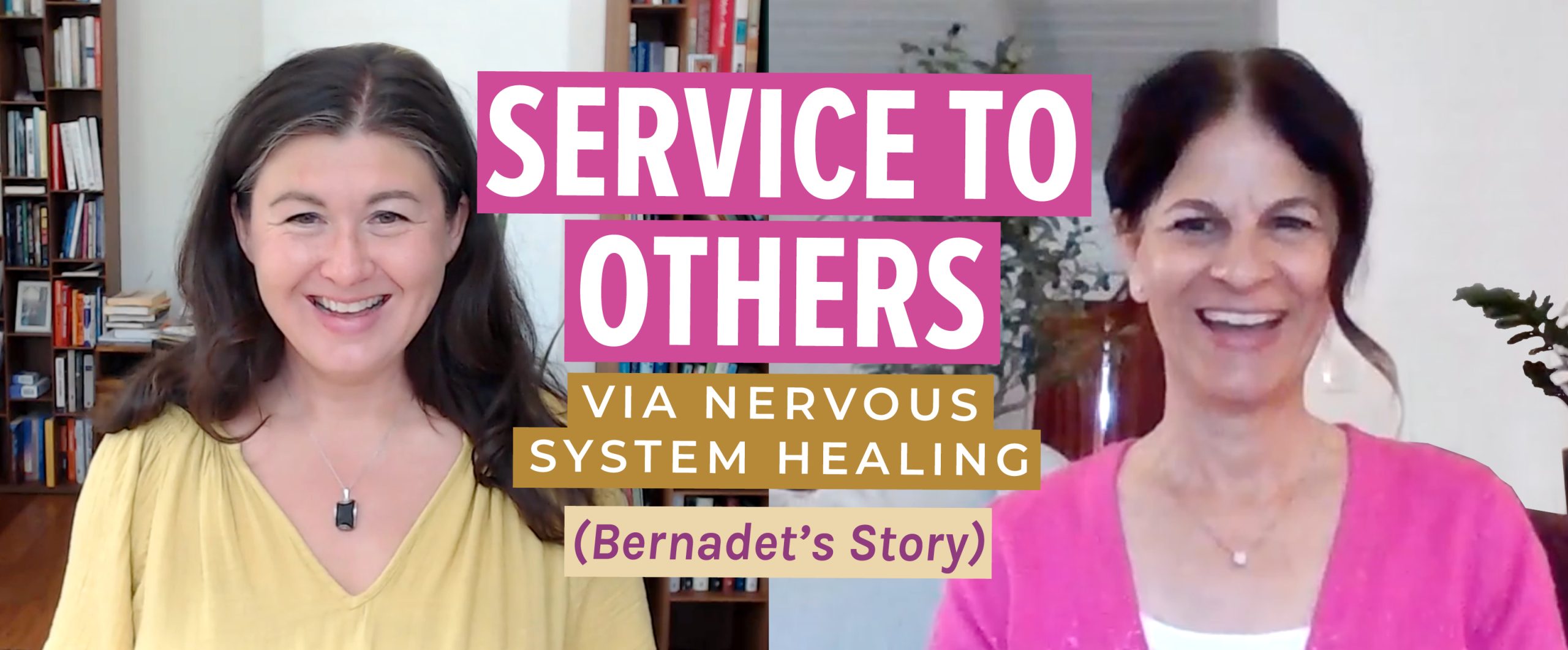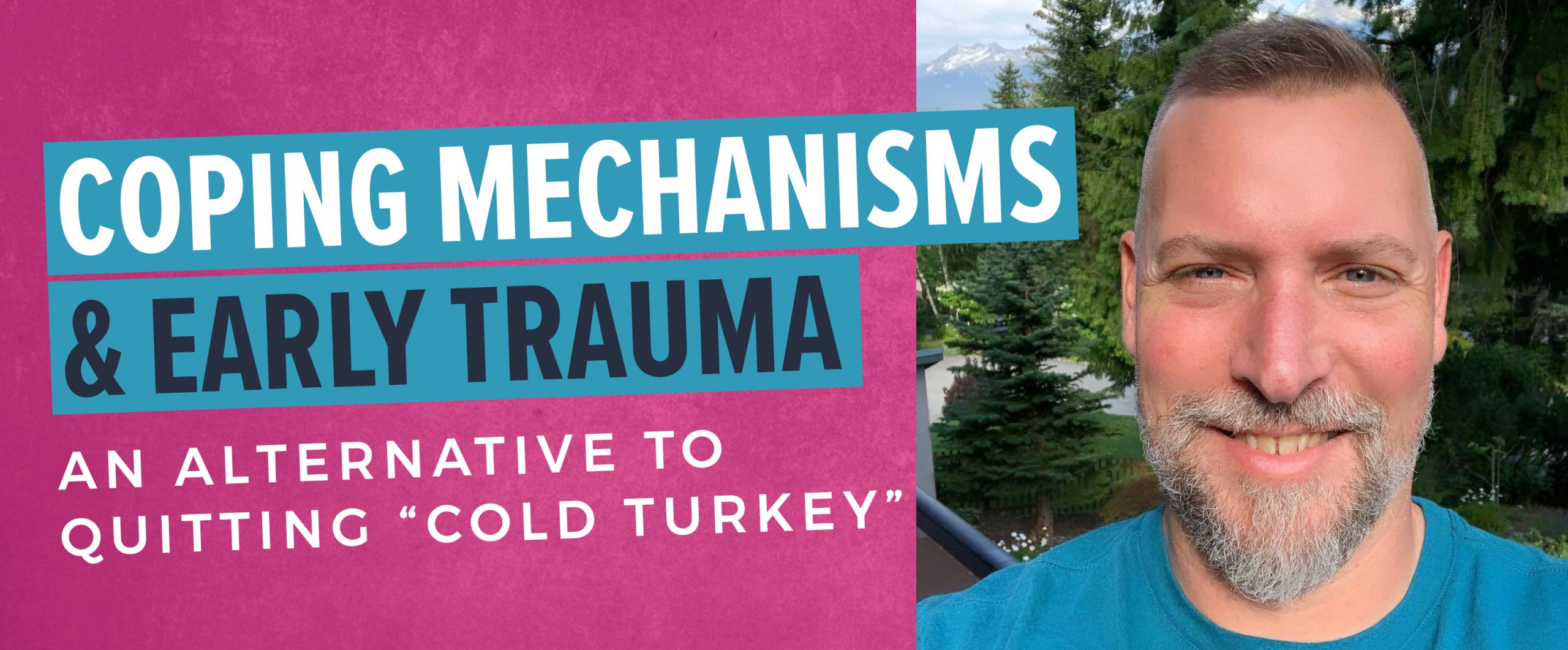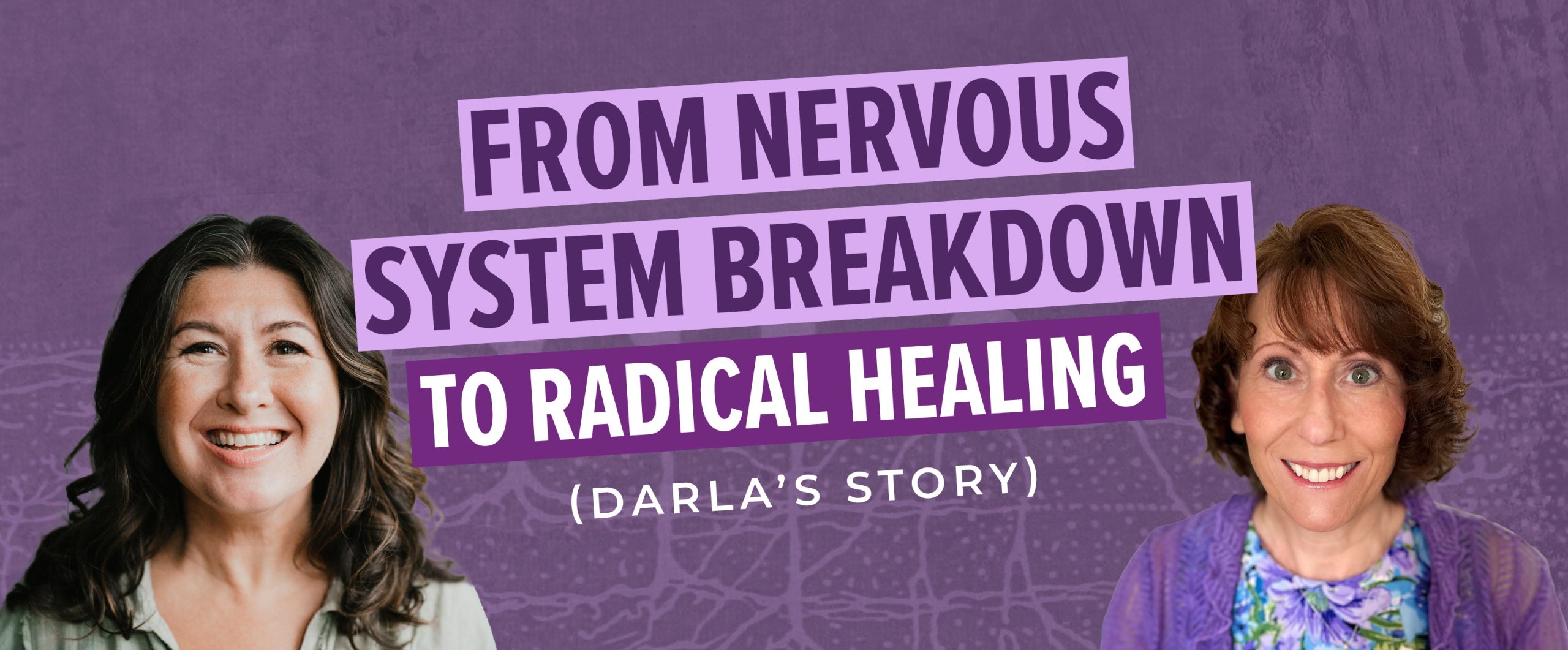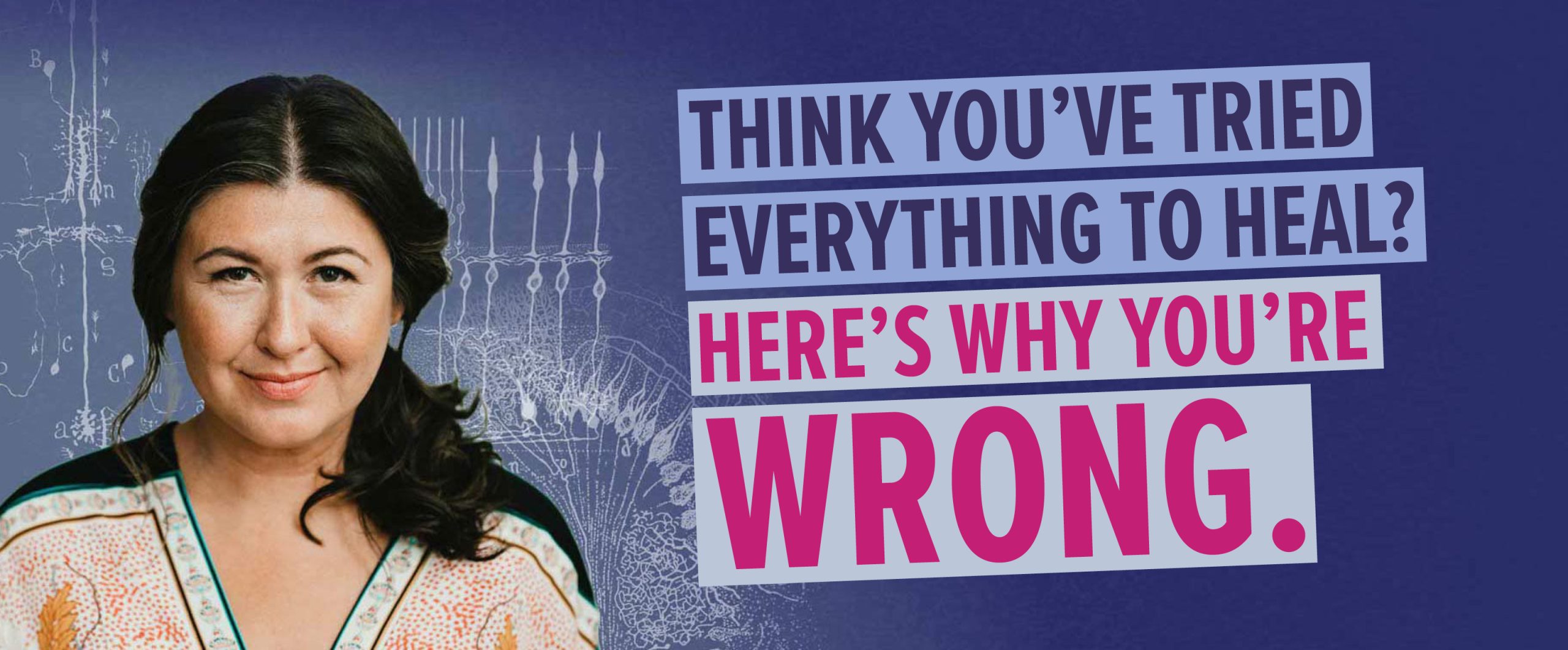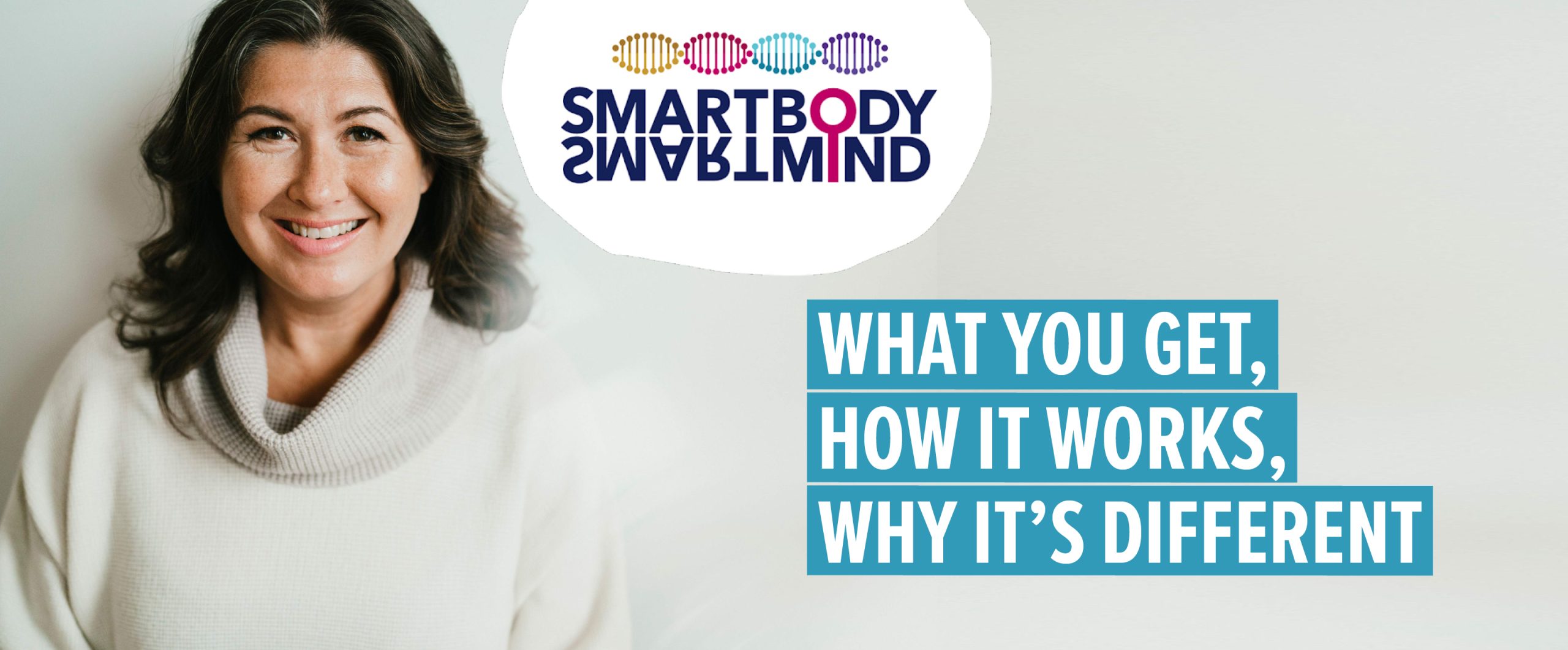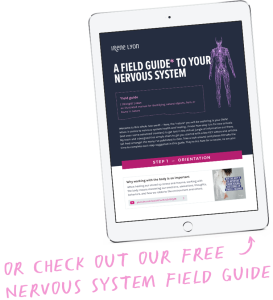It goes without saying that we need our breath.
It keeps our cells fed and free of waste products.
The other thing that goes without saying is there’s a LOT of confusion around the best way to breathe, how to practice breathing, and how we can use it to heal trauma and restore nervous system goodness.
I wish this was a simple subject to break down, but it’s not, as there really is no ‘right’ way to breath. To quote one of the pioneers in neuroplastic healing, the late Moshé Feldenkrais :
“Do nothing that resembles breathing.”
Actually, it is simple, if we follow Dr. Feldenkrais’ advice, but we’ve already let the cat out of the bag on this topic and our higher brains have been conditioned to think there is a right, a wrong, and a better way to breathe.
Today’s vlog is my attempt to help shed some light on this topic and offer you a little bit of ease around how to best be with, follow, and ‘work with’ your breath and breathing.
Irene's Musings
In this week’s vlog, I guide you to an added resource which is an article I wrote back in 2014 titled, The environmentalist in me has this to say. It starts with this quote from one author and environmentalist, Paul Hawken:
“In our pursuit of growth at any cost, we have mimicked an immature ecosystem with unlimited resources. A mature economic system would appreciate an ancient forest or undisturbed grassland as the ideal for qualitative growth – fecund, abundant, dynamic, mature but highly evolved.” ~ The Ecology of Commerce – A Declaration of Sustainability.
If you have some time this week, check out this article, and if you’re looking for a book to read about hope and a future that is bright and filled with amazing people doing remarkable things to make our world a better place, be sure to read this favourite of his, Blessed Unrest.
* * *
Resources I Mention In The Vlog:
ARTICLE: Did you know that taking a deep breath to relax is actually counter-productive?
ARTICLE: The environmentalist in me has this to say

